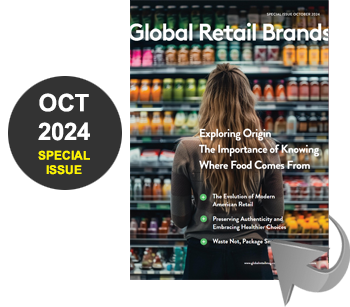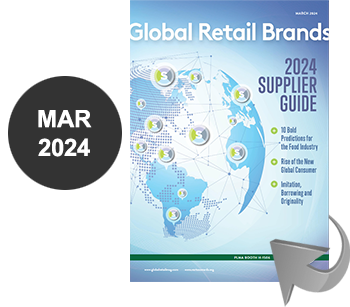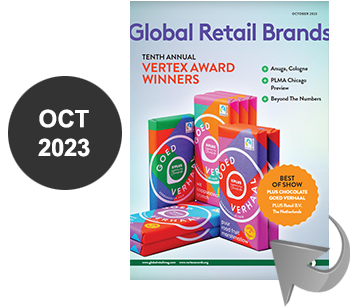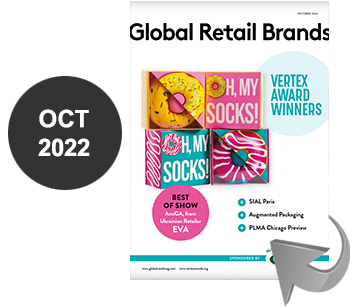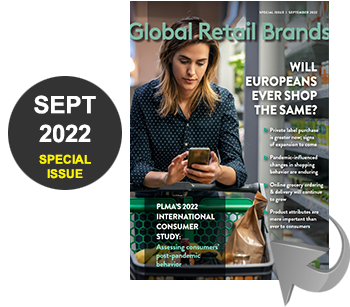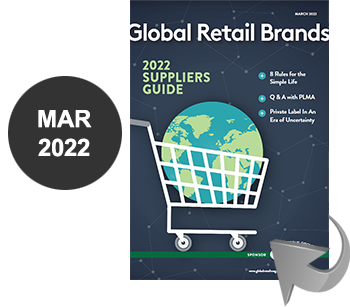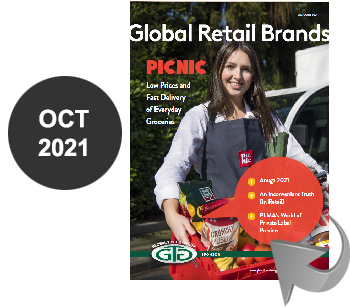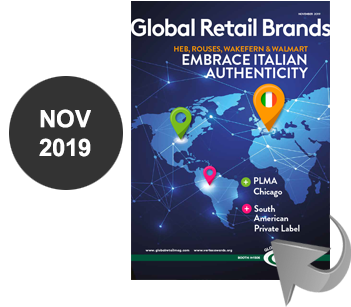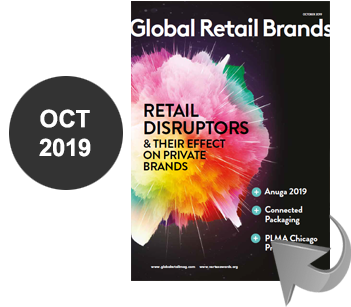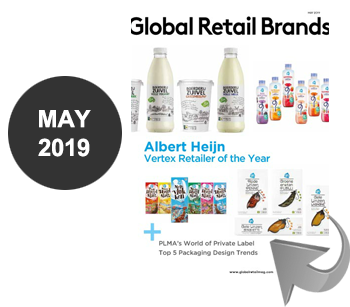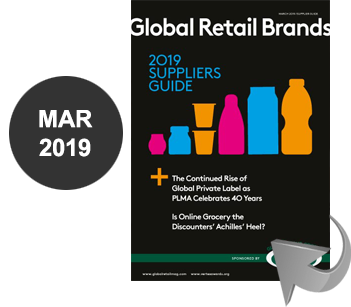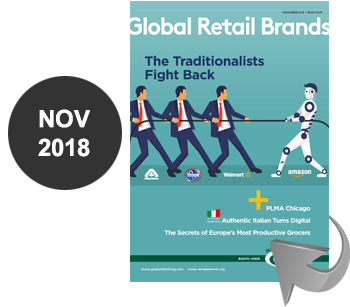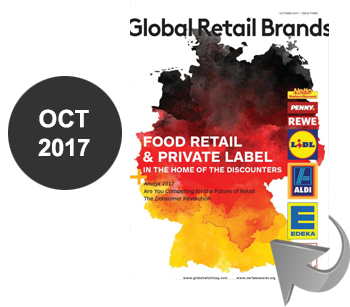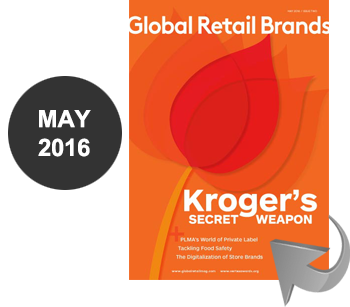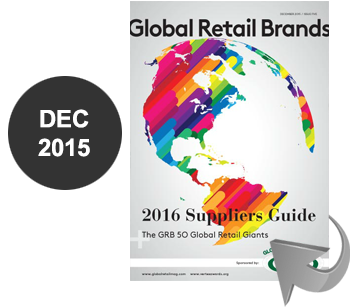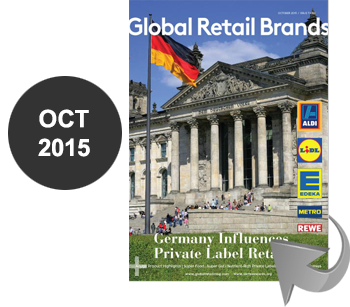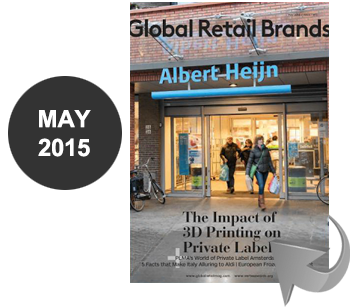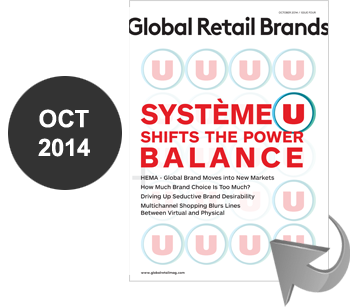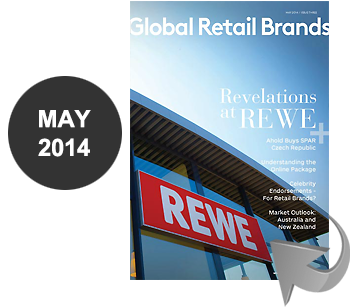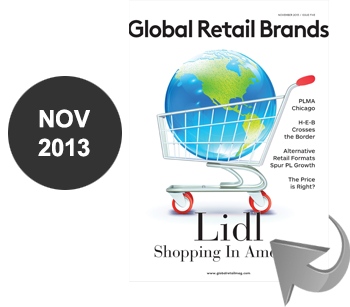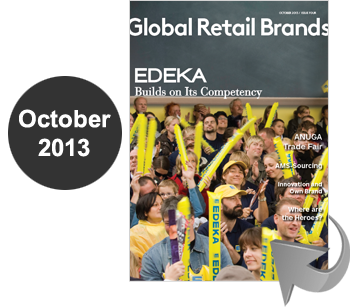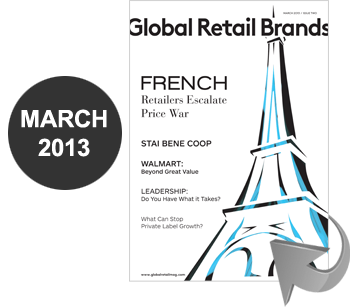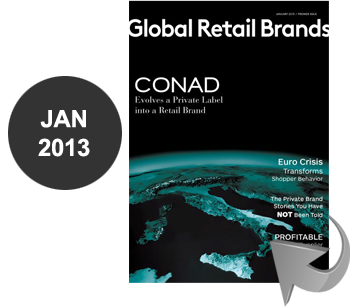BY UMA KANNAPPAN, GLOBAL PRODUCT DIRECTOR, E-CONTENT, SGK
 By 2022, e-commerce will claim an average 10 percent of all CPG sales,” according to the data analytics firm IRI. “CPG companies can seize this growth opportunity, but the industry will need to evolve in order to excel.”1 At a time when physical store sales areflat and stagnating for most brands, companies need to optimize their efforts for the digital shelf in order to capture a bigger share of the growing e-commerce opportunity.
By 2022, e-commerce will claim an average 10 percent of all CPG sales,” according to the data analytics firm IRI. “CPG companies can seize this growth opportunity, but the industry will need to evolve in order to excel.”1 At a time when physical store sales areflat and stagnating for most brands, companies need to optimize their efforts for the digital shelf in order to capture a bigger share of the growing e-commerce opportunity.
As an increasing number of shoppers shift from physical stores to online shopping for the convenience, wide product assortment and personalized shopping experience it offers, consumer goods companies of all sizes must find ways to engage their shoppers at the digital shelf in order to stay relevant.
Since the digital shelf ranks the most relevant items at the top, based on a number of factors including consumer relevance, past purchase history and overall popularity of items, manufacturers big and small need to get it right from the start. Here are the five key ways that can elevate your brand and help you win at the digital shelf.
1. RICH, HIGH-QUALITY PRODUCT CONTENT
Product content — both graphics and copy — must effectively bridge the online and offline retail worlds. An outdated, incomplete, inaccurate or basic representation of your product online is no longer sufficient to meet consumer expectations. Your online content is literally the “digital packaging” that consumers engage with. To capture attention, gain trust and motivate purchase, it
must replicate the rich, high-quality packaging that consumers experience when shopping in a physical store.
Since consumers can’t physically handle a product they’re interested in when shopping online, the digital package must provide high-resolution, properly color-matched images from
multiple angles to help bridge the information gap. Nutrition facts, ingredients, dietary benefits and other information of importance to consumers should be easily accessible and readable. In-store and online packages should always be in sync, reliably fulfilling shoppers’ expectations that what they see is what they’ll get.
High-quality, consistent and complete digital packaging strengthens your brand by making it more recognizable and building consumer trust. It serves as a source of value-added brand advertising as well as a sales driver in the same venue. It increases the likelihood of social media sharing, exposing your products to more eyeballs with no additional investment. And it provides a competitive edge; helping close the sale by making your products stand out in appeal and quality versus the competition.
Beyond the digital package itself, a variety of product and lifestyle images, videos and descriptive copy can further elevate your brand by demonstrating product features, benefits and usage
suggestions. The goal is to create engaging online shopping experiences that reinforce your brand equities while ushering consumers past any barriers to purchase.
2. OPTIMIZED SEARCH RANKINGS
High-quality product content also influences search rankings, both on search engines such as Google and on major online retailer sites, especially Amazon. Search rankings are critical to
success in the ever-more competitive online marketplace.
Many, if not most, online shoppers can be characterized as “spearfishers.” They’re information gatherers who prefer to do advance research and already know what they are looking for when they come to a site like Amazon. Search rankings drive discoverability, and most consumers only click on the top products listed in their search results. That’s why it’s so important to rank as closely as possible to the top of page 1 and to display the most compelling digital package there, especially since consumers focus on the product image first before any accompanying text.
Search rankings are affected by factors that influence click-throughs such as product titles and inclusion of shopper-relevant keywords in product descriptions as well as sales rankings.
Search algorithms change over time — as does consumer behavior and the competitive landscape. To remain at or near the top, brands need to continually monitor their ranking for key search terms, and they need to test and optimize product content on an ongoing basis. Search optimization drives awareness and sales.
3. RATINGS AND REVIEWS
Peer ratings and reviews have become a central feature of online shopping. According to global market research firm Ipsos, “ 8 in 10 Americans agree that online reviews influence their purchases.” 2 Shoppers also use ratings and reviews to filter product and narrow their choices.
It only makes sense: When you have access to reports from actual people who have taken the time to write about their product experiences, why wouldn’t you use that information to guide your choice? And the impact of ratings and reviews goes farther than individual purchase decisions, as online retailers such as Amazon factor rating volume and average scores into their search and ranking algorithms.
Because ratings and reviews are so important in influencing brand awareness and purchasing decisions, you need to regularly monitor consumer feedback to bring attention to positive
reviews while quickly responding to negative ones, especially for top-selling products. Actively participating in the discussion can generate tremendous goodwill for your brand.
Ratings and reviews can also provide a source of ideas for developing product content. For example, if a large number of reviews indicate that consumers don’t understand all the features or benefits of your product, or how to use it, this knowledge could lead you to create additional content such as on-pack illustrations, instructional materials or demo videos.
4. MOBILE SCREEN OPTIMIZATION
Consumers are increasingly using their mobile phones and tablets for online shopping. When using a smaller screen, especially a phone, they need to be able to quickly recognize your products
and get the key information they need to make a purchase decision.
Shoppers frequently add the wrong item to their cart when product images aren’t optimized for mobile display. They may be confused by product images that are not designed and scaled optimally for mobile screens, causing them to choose the wrong size or even the wrong brand altogether.
Consumers on mobile devices select products based on the image first, often without reading the accompanying copy. The product image should be instantly identifiable. Any copy must be quickly scannable, legible and as useful as possible — but the image of your digital package needs to stand-alone and stand out in search results and favorite listings.
5. COMPETITIVE PRICING
Online retail has brought unprecedented transparency to pricing. There’s never been an easier way for shoppers to comparison-shop based on instantly accessible, highly transparent pricing from multiple retailers across unlimited product selections. And the pricing landscape changes continually.
That means you need to constantly monitor how your products are priced relative to competitors and how this affects sales on a daily basis. This rigorous monitoring is necessary to preserve your brand equity, optimize margins and ensure retailer compliance with minimum advertised price policies.
In addition to competing on the basis of price, you should also look at alternatives such as differentiating your products based on features and benefits, as well as alternative pricing strategies such as bundled promotions and quantity discounts that are hard for competitors to match.
BUILDING ONLINE SUCCESS
When shopping online, consumers are looking for product selection, convenience and the information they need to make a confident purchase. Make sure your brand rises to the top of the digital shelf. Ask yourself:
- How can we make it easier for consumers to discover and engage with the product?
- Does the digital packaging and associated product content reinforce brand equities, deliver on consumer expectations and answer commonly asked questions?
- Are product features and benefits presented clearly and compellingly to influence purchase?
- Is the featured product the right one to create relevance for target shoppers and increase their dwell time on the product page?
- How can we test and learn in order to refine and advance our e-commerce strategy?
CPG brands that succeed in the evolving e-commerce landscape will be those that continually ask these questions and answer them with a solid strategy. Online or in-store, it’s all about attracting attention, answering consumer questions and meeting shoppers’ needs.
The opportunity is here now, and it’s only going to grow. Create the foundation you need with these five keys ways to own the digital shelf, and position your brand for enduring success — no matter what the online future brings.
Sources:
1. IRI: Excel with E-Tail — Build, Drive and Earn E-commerce Growth for Retail Success
2. Ipsos Open Thinking Exchange
As Global Product Director, e-Content, SGK, Uma brings 20+ years of experience in developing and implementing marketing, digital and e-commerce strategies. www.sgkinc.com.




